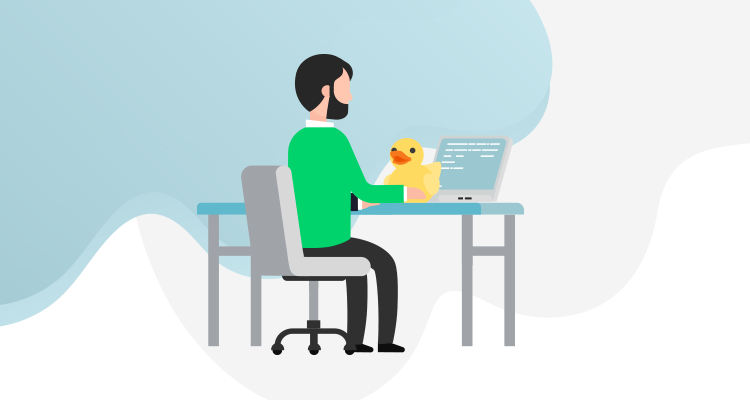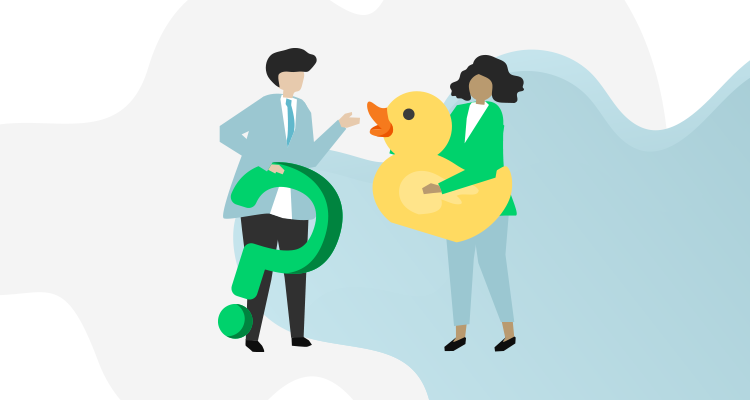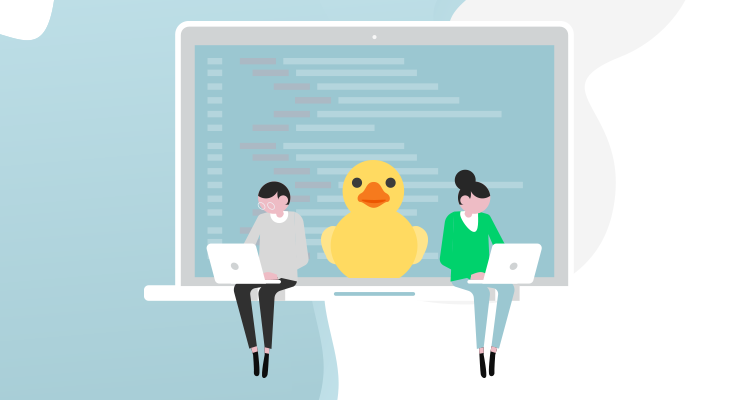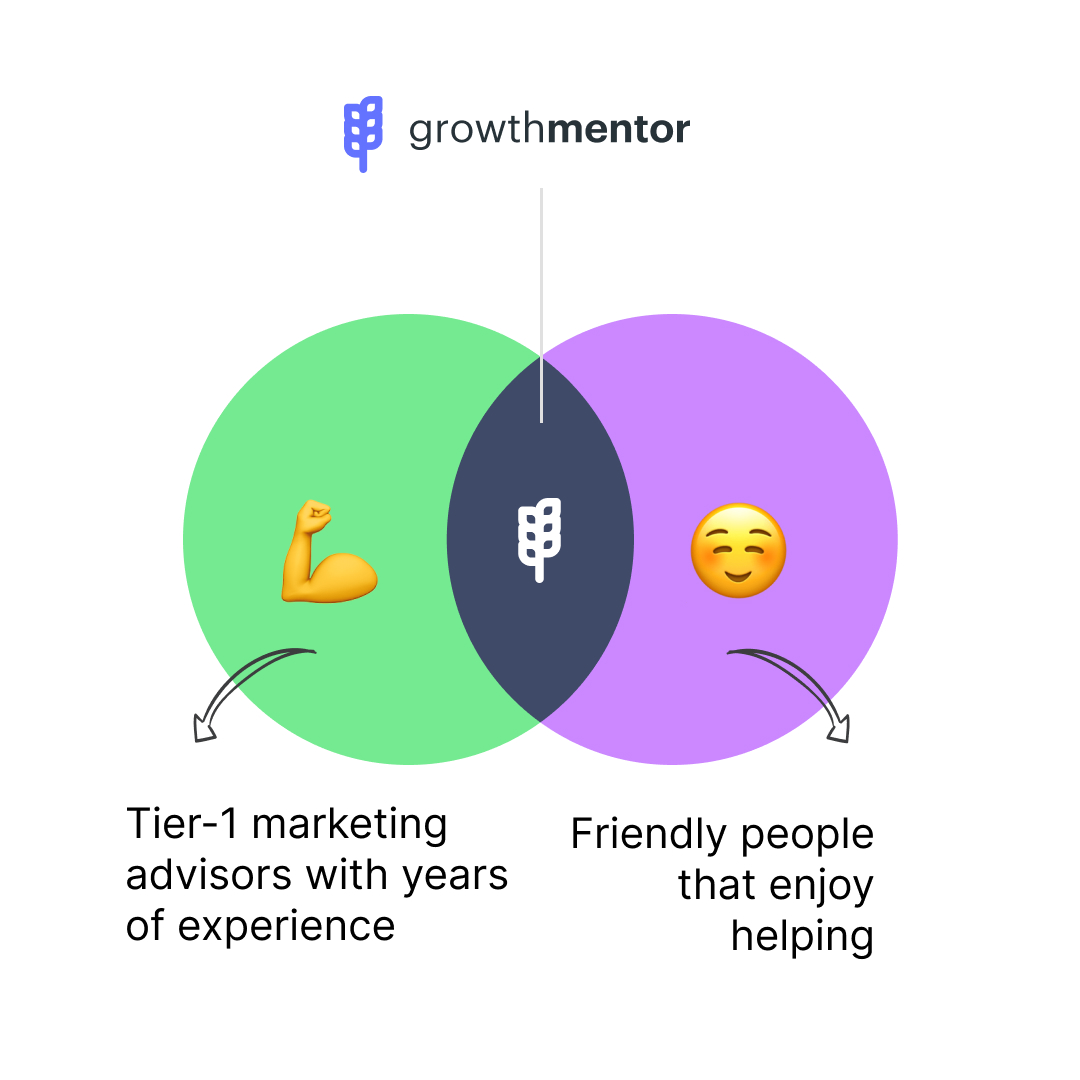Go Duck Yourself: An Introduction to Rubber Duck Debugging
Today, we’re going to talk about rubber ducks and problem-solving.
It’s a simple process that has loads of applications, although it’s most closely associated with computer programming.
That’s how I first came across it, and I realized that only using it for programming meant that I was missing a trick.
Rubber duck debugging is more than just a way of helping programmers to deliver a finished product.
It’s a mentality and a state of mind that can help you to make the most out of your time in the workplace.
Here’s how.
What is rubber duck debugging?
The idea is pretty simple.
You just start at the beginning and talk through the problem, including as much detail as possible on what the goal is, what you’ve tried, what’s worked and what hasn’t.
Talk to your rubber duck and imagine that you’re talking to a layperson with no prior knowledge.
It might sound like an unorthodox approach, but you’d be surprised by how effective it can be.
That’s because it helps you to stop overthinking and tripping up over yourself and often reveals that there was a solution there in plain sight, just waiting for you to see it.
When you explain the problem to a rubber duck, you look at the situation from a different point of view and see it with a fresh pair of eyes.
And if you do recruit a friend or a colleague to listen to you, there’s every chance that they’ll chip in with a possible solution, too!
The origins of rubber duck debugging
When computer programmers first started using rubber duck debugging, they’d use those ducks to debug their code by explaining how it worked, line-by-line.
In most cases, by the time that they reached the end of the problematic code, the solution had already become apparent.
Porting this philosophy to the wider workplace presents a few difficulties because programmers deal with a limited set of inputs and variables while the modern business world is almost infinite.
Still, the concepts work in practice, and we use them behind the scenes at least every week here at GrowthMentor, if not more often.
Speaking out loud activates a part of our brain that helps with rational decision making. It doesn’t matter who’s listening, or even if anyone’s listening at all, which is why you can get started with a rubber duck.
The problem is that rubber ducks can only do so much, and you also run the risk of looking crazy if someone walks in on you having a conversation with a bath toy.
And while it’s important to talk to someone who’ll sit back and listen and let you talk instead of cutting in with suggestions along the way, it does help if they can share their thoughts at the end of the session.
Why rubber duck debugging works
For programmers, rubber duck debugging works because human beings and computers “think” in different ways.
When you talk to a rubber duck and explain the problem from scratch, you change the way that you think and meet the computer halfway.
Computers are precise and they deal in specifics. If you asked a computer whether it was cold, it would first need to know what “cold” means in terms of specific data points. A human would just say yes or no.
When you’re using rubber duck debugging, whether that’s for programming or whether you’re applying it to your business in general, it helps to talk in specifics. Once you’ve established the overall goal of what you’re trying to achieve, take your duck through every step that you’ve taken and go into as much detail as possible.
Arriving at a conclusion isn’t always easy. Neither is deriving the insights that will help you to solve the problem.
But if you talk it through from start to finish and cover all of the little details, you’ll generally have a good idea of where to start.
Sometimes it’s just a gut feeling that you get. Perhaps you felt uncomfortable or out of your depth while explaining something.
If that’s the case, it’s a good sign that you’ve found your problem.
GrowthMentor
That’s where GrowthMentor comes in.
We created this platform so that we could introduce people to the mentors they need to make their visions become a reality.
Entrepreneurs are great at having earth-changing ideas, but that doesn’t mean that they can fill out a tax return, create a marketing plan or deliver a public speech.
A growth mentor is like a rubber duck that can talk.
They’ll listen when you’re struggling, guide the conversation if needed to help you to arrive at a conclusion, and then they’ll share their opinions and advice. And unlike rubber ducks, a growth mentor can recommend the best course of action for you to take based on their years of industry experience. They can also point out when there’s a flaw in your logic.
It doesn’t matter what you talk to, whether it’s a rubber duck, a teddy bear, a book or a plant.
The simple act of explaining a problem makes it more likely that you’ll find a solution, so give it a try sometime.
And remember that if you and your rubber duck get stuck, help is at hand.
Our growth mentors are ready and waiting to talk to you.






